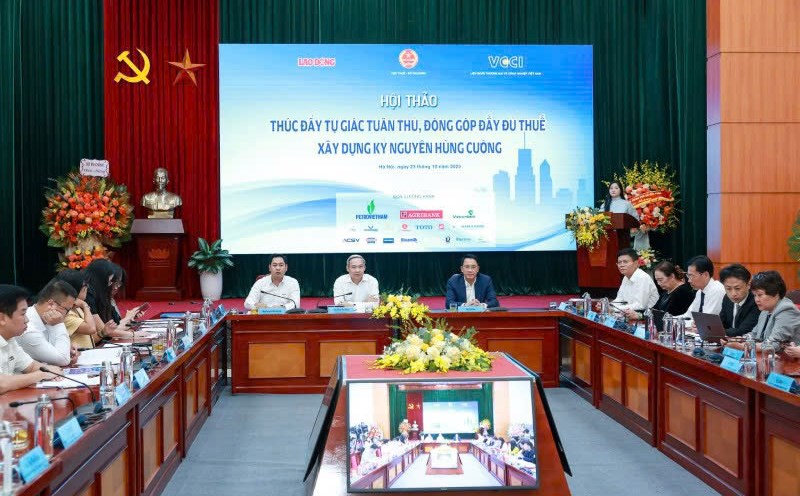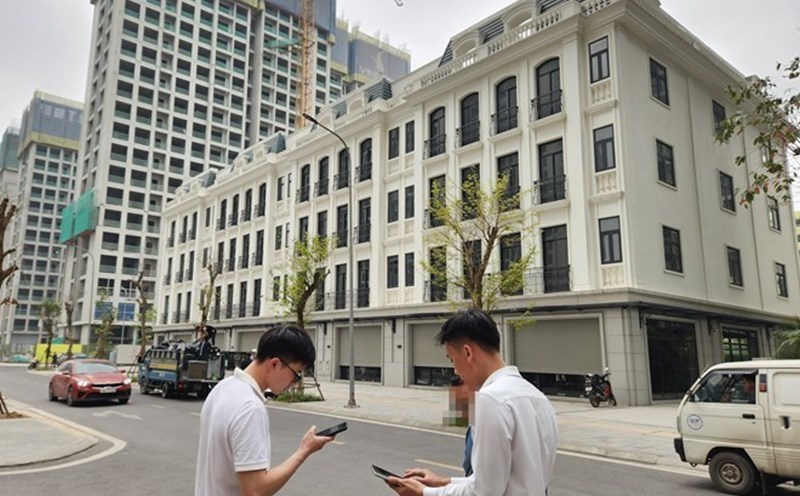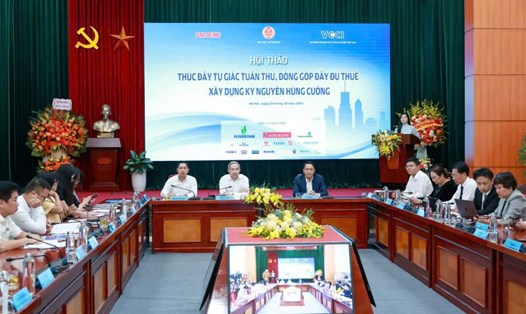context
Vietnam's GDP tax rate will be 13.1% in 2024, much lower than the IMF's recommended minimum of 15-16% to support sustainable growth. The low tax/GDP ratio will limit the government's ability to achieve sustainable development goals to invest more in infrastructure, education and social security.
International experience shows that countries with this rate exceeding 15-16% will have stronger and more sustainable growth. The IMF World Economic outlook Report and the Global Policy agenda point out urgent concerns about rising public debt globally. Additional borrowing options are narrowing and many countries are facing a "tax problem", as further tax rate increases are a political and economic challenge.
In this context, the role of tax management agencies becomes more important. It is necessary to mobilize domestic revenue through enhancing the capacity of cadres, reforming institutions, focusing on improving compliance and expanding the tax base, instead of relying only on higher tax rates.
Why is compliance risk management important?
In the context of rapid economic development today, tax authorities face increasing pressure to collect more with less resources.Compliance risk management is not just a technical tool.This is a strategic approach that allows tax authorities to allocate resources effectively, targeting non-compliants in a smart way and building trust with taxpayers.
Compliance risk management means understanding taxpayer behavior, identifying risks, optimizing digital tools and analyzing data as well as designing appropriate interventions.It shifts the focus from reaction to proactive participation.And compliance risk management is carried out in a way that promotes fairness, transparency and efficiency.
International experience and lessons learned
Global, countries are using compliance risk management as a foundation for modern tax management. From Australia to Albania, from Poland to the Philippines, compliance risk management has helped tax authorities improve tax collection, reduce compliance costs and increase taxpayer satisfaction.
Three important lessons from international experience:
1. Start with Data, but don't wait for perfection. Many management agencies hesitate to implement compliance risk management because they lack perfect data. Compliance risk management is a journey. Start with what you have, build capacity gradually and improve data quality over time.
2. Bring risk management into compliance with institutions. Compliance risk management must be included in the structure and process of the tax management agency. This includes streamlining on-site operations, auditing and taxpayer services according to risk-based approaches.
3. The participation of relevant parties. Compliance risk management will work best when it is transparent and comprehensive. Taxpayers, businesses and the community must understand the reasons behind risk-based actions. This will help build trust and encourage voluntary compliance.
Achievements and opportunities of Vietnam
Vietnam has made impressive progress in modernizing tax management.The recent restructuring of the General Department of Taxation has created new momentum for reform.The Tax Department now plays an important role in ensuring an equal playground - where taxpayers who comply are not disadvantaged compared to those who evade their obligations.
This principle is basic.A fair tax system must ensure that there are rewards for compliance and prevent non-compliance.Compliance risk management supports this by identifying high-risk behaviors and allowing targeted interventions to protect the system's integrity.
Plan: Improve pilot implementation in the tourism sector is a promising start. restructuring the Risk Management Board to improve data access and integration is another important milestone. But there is still a lot of work to do.
Based on recent TADAT assessments and international standards, three practical actions that Vietnam can take right now:
1. Expanding compliance risk management beyond the pilot area. Expanding the Tourism Improvement Plan to other areas, applying experience from piloting the tourism sector. Focus on sectors with high tax collection potential and known compliance risks.
2. Strengthen data management. Investing in systems that allow safe, timely access and integration into taxpayer data. This includes collecting data from third parties, which is essential for effective risk analysis. Customs data is very important, because similar risks are likely to occur for high-value taxpayers and high-value commercial transactions.
3. Building a culture of risk-based thinking. Training staff at all levels to understand and apply compliance with risk management principles. Encourage innovation, feedback and continuous learning. Vietnam's tax system reform strategy has officially considered compliance risk management as a pillar to modernize tax management and ensure an equal playground.
Conclusion
Compliance risk management is not a silver bullet, but it is a powerful tool. It allows tax authorities to be smarter, fairer and respond faster. Compliance risk management helps build a tax system that is not only effective but also trusted by the people.
Vietnam is well-positioned to lead in this field. With strong leadership, strategic investment and enhancing international cooperation, compliance risk management can become a pillar of tax management reform and move closer to achieving the GDP tax rate standard of 16% to support sustainable development.












